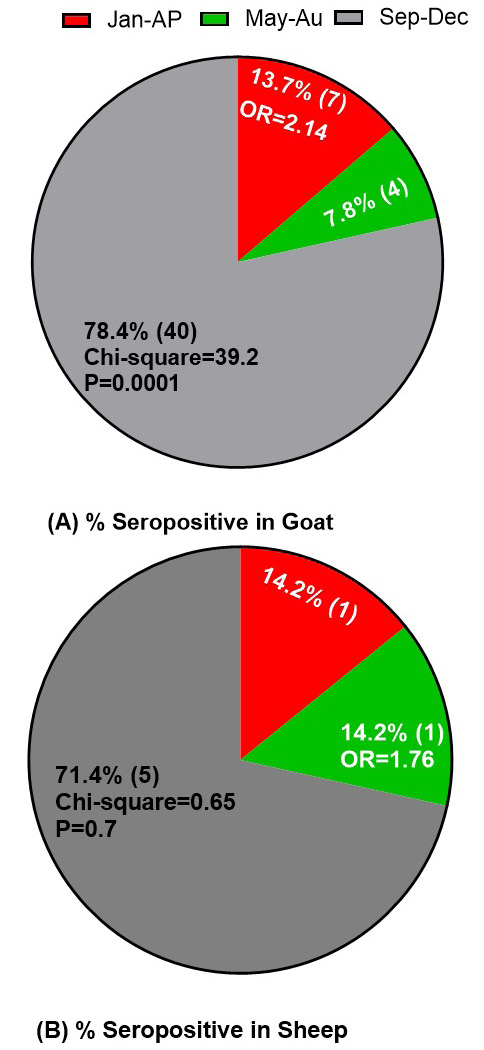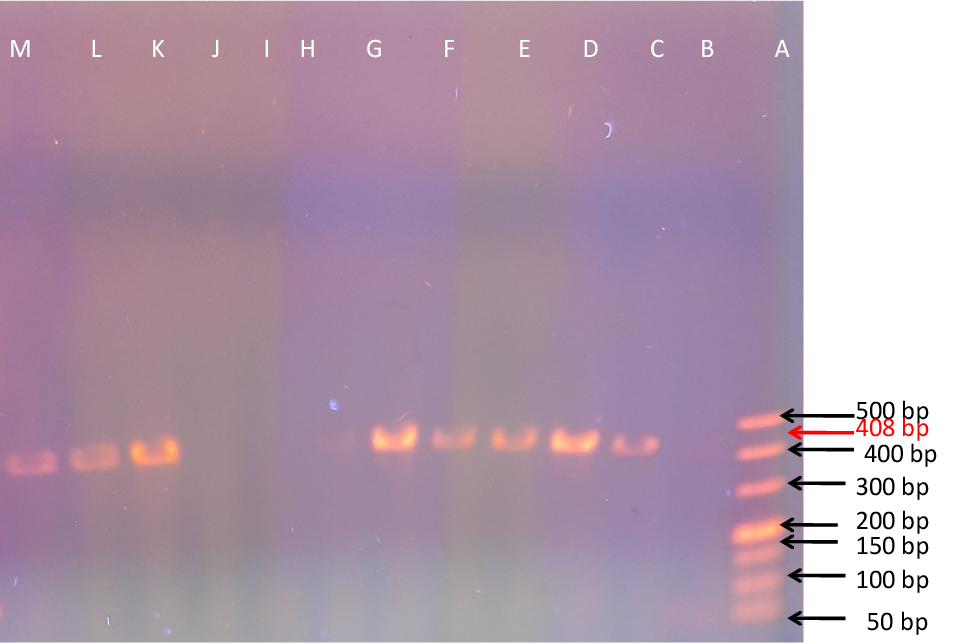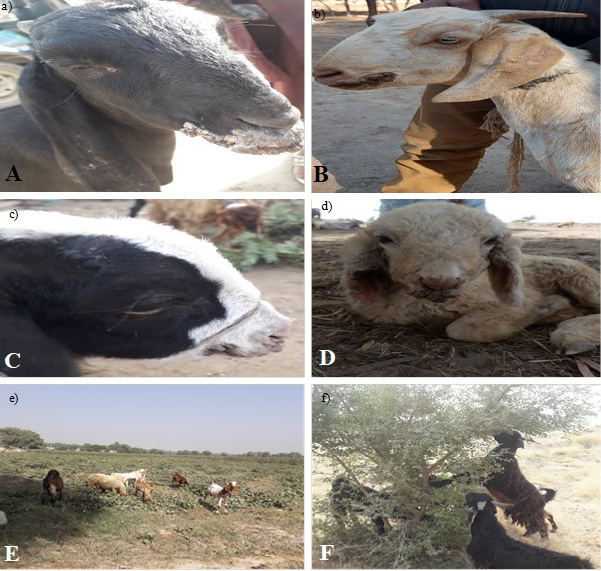Seroprevalence of Contagious Ecthyma and Its Associated Risk Factors in Sheep and Goats of Punjab, Pakistan
Seroprevalence of Contagious Ecthyma and Its Associated Risk Factors in Sheep and Goats of Punjab, Pakistan
Irtaza Hussain1, Muti ur Rehman Khan1*, Asim Aslam1, Masood Rabbani2 and Ahsan Anjum1
Sero-prevalence of contagious ecthyma virus among various districts in (A) goats and (B) sheep has been shown. BN, Bahawal Nagar; BP, Bahawalpur; BK, Bakkar; DG, Dera Ghazi Khan; JH, Jhang; KH, Kasur; KB, Khushab; LH, Lahore; LA, Layyah; LO, Lodhran; MU, Multan; MZ, Muzaffargarh; RK, Rahim Yar Khan; and RJ, Rajan Pur; *, 0.0001.
Association of sero-prevalence of contagious ecthyma with months in (A) goats and (B) sheep has been shown: “Jan-Ap” indicated from January to April, “May-Au” indicated from May to August and “Sep-Dec” indicated from September to December.
Lesions of contagious ecthyma and predisposing factors for disease. A and B, scab formation on lips in adult goats; C, scab formation in goat kid; D, scab formation in sheep kid affected with contagious ecthyma; E, goats were grazing in cotton field having cotton leaves and stubbles; F, goats were eating leaves of prickly tree.














